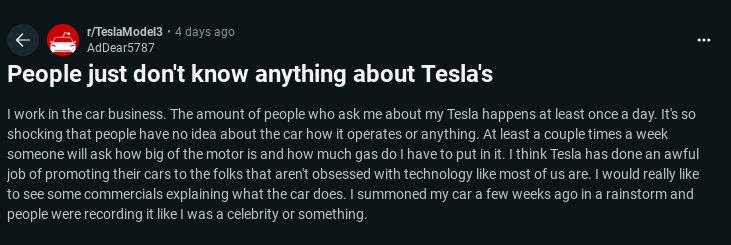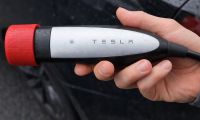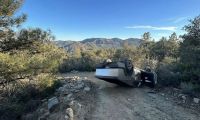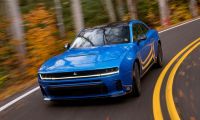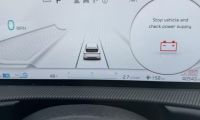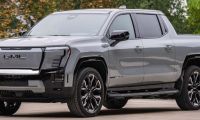In an industry saturated with shouty commercials, bloated media buys, and brands endlessly flogging SUVs like they’re the last bottles of water before Armageddon, Tesla remains a whisper in a world of screams. No TV spots. No radio jingles. No buy-now-and-save offers.
Yet, here we are: the Model 3 continues to rack up sales figures that make Toyota executives blink twice and reach for the whiskey. It’s not just an EV success, it’s an American sales juggernaut. And still, most people don’t know how the damn thing works. In fact, they’re still asking how much gas it takes.
This isn’t just a case of poor marketing. It’s the result of no marketing. Tesla’s approach to public engagement is less “campaign” and more “figure it out yourself.”
Why Drivers Still Ask ‘How Much Gas?’
This reality was distilled perfectly in a now-viral Reddit post from user AdDear5787, who works in the car business and owns a Tesla.
“The number of people who ask me about my Tesla happens at least once a day. It’s so shocking that people have no idea about the car, how it operates, or anything…
At least a couple times a week, someone will ask how big the motor is and how much gas I have to put in it.”
And then the kicker,
“I summoned my car a few weeks ago in a rainstorm, and people were recording it like I was a celebrity or something.”
That’s the Tesla paradox in one rain-slicked parking lot. People are dazzled, amazed, and entirely uninformed.
You can’t really blame them. Tesla has taken a monastic vow of silence when it comes to mainstream outreach. The product is there, sleek and stunning, but there’s no guidebook for the uninitiated. Redditor TheBimmerGuy shared a jaw-dropping exchange with a coworker who thought Teslas require solar panels and Powerwalls just to plug in at home.
“I asked him where he got the completely false information, and I got the classic ‘my brother has a Tesla and that’s what he told me.’”
That Tesla, in 2025, still contends with such absurd myths, ones that could be dispelled with a simple 30-second commercial, is nothing short of corporate malpractice.
The Marketing Strategy For Tesla
- Tesla has historically relied on word-of-mouth, social media presence (especially Elon Musk's personal accounts), and public relations rather than conventional paid advertising campaigns, allowing the brand to maintain a premium image with minimal marketing spend.
- The company creates excitement through high-profile product unveilings, innovative technology reveals, and viral content, turning its vehicles and updates into natural conversation starters that generate organic media coverage.
- Tesla leverages a passionate customer base through referral programs, user-generated content, and community engagement, turning satisfied owners into brand ambassadors who amplify Tesla’s reach and credibility.
And yet, here’s the kicker: it works. The Model 3 is proof that you can buck every traditional rule in the automotive marketing playbook and still win. The car itself is that good. It doesn’t need a glossy brochure to wow you. It needs 30 seconds behind the wheel. It’s the iPhone moment for EVs. Redditor Suicide_Spike put it bluntly:
“They really do need to try it to experience it.”
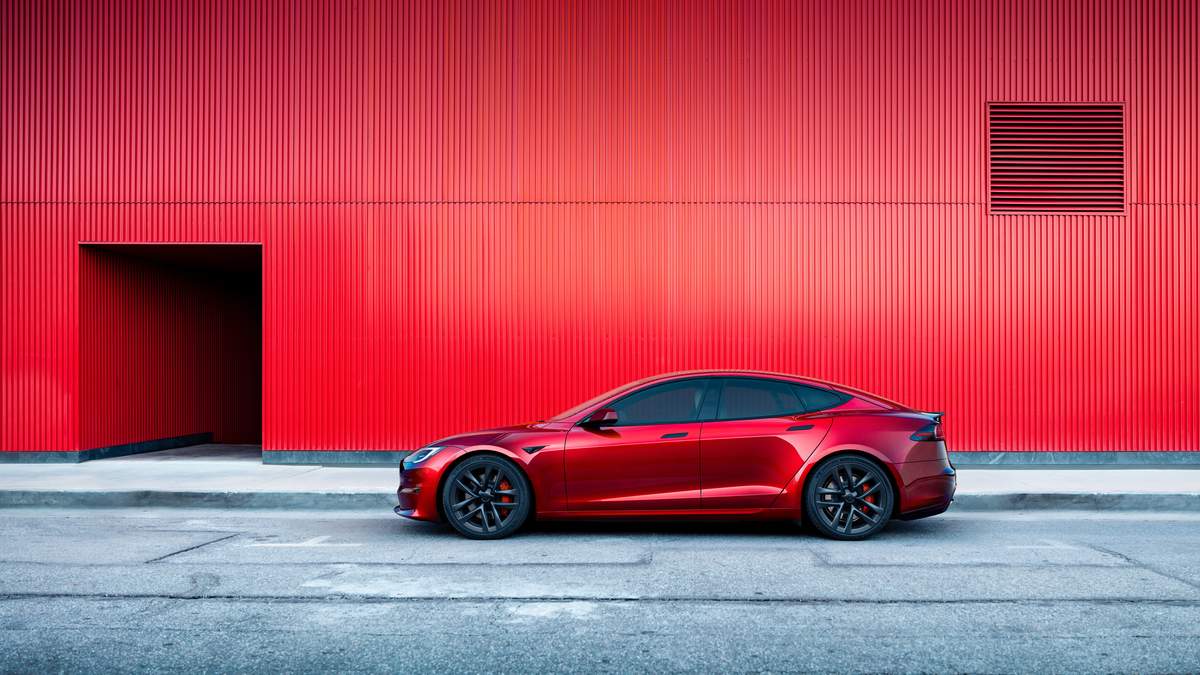
And judging by sales numbers, it’s working better than anyone could have predicted, except maybe Elon Musk.
Of course, none of this is to say Tesla is perfect. Its silence has consequences. As Redditor gummaumma noted,
“Part of their shtick is that they don’t advertise at all. No commercials or ads, etc. I’m not sure the juice would be worth the squeeze.”
But if public confusion is any indication, the juice may indeed be worth it. Because while enthusiasts and tech-savvy buyers are doing the homework, the average person is still out here wondering if they can fill up a Model 3 at a Shell station. That’s not just a missed sale, it’s a missed opportunity to educate, to shape the future instead of leaving it up to hearsay and half-truths.
Even among fans, there’s an emotional schism between the product and the person behind it. Redditor deeperest puts it best:
“I followed them. I loved the idea of electric vehicles. I was STILL surprised by how much better my Model 3 was than anything I expected. I can't stand Elon. I have reservations about the company. But the cars? Good stuff, sir.”
That’s a remarkably honest and nuanced take. Tesla's biggest strength, its cars, are often overshadowed by the chaos orbiting its CEO. And yet, that chaos doesn’t stop people from buying. Because once they drive the car, the noise disappears.
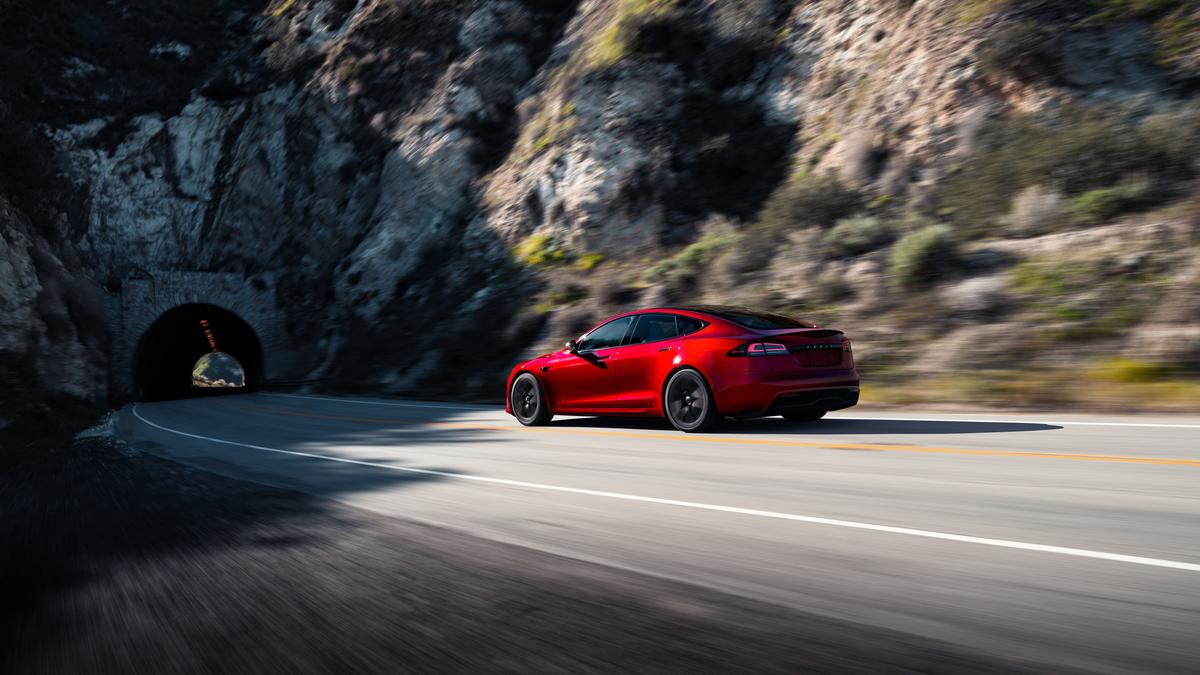
Tesla’s success is rooted in experience, not exposition. It doesn’t tell you why its cars are great, it dares you to find out for yourself. And when you do, you're usually sold. But that approach assumes curiosity and access, both of which are privileges not shared by the entire market. Meanwhile, GM and Ford are running primetime ads just to explain what a plug-in hybrid is. The Big Three are still trying to sell the idea of electric vehicles. Tesla is out here selling the reality, but only to those already paying attention.
From Roadster Launch to Elon Musk’s Vision
- Tesla Motors was established by a group including Martin Eberhard and Marc Tarpenning, with the goal of proving that electric vehicles could be better than gasoline-powered cars in performance and design.
- Elon Musk joined shortly after the company's founding as a lead investor in the initial funding round, eventually becoming chairman of the board and a driving force behind Tesla’s vision and strategy.
- Tesla’s first vehicle, the Roadster, launched in 2008 using a Lotus Elise chassis and cutting-edge lithium-ion batteries, showing that EVs could be sleek, fast, and viable, paving the way for future mass-market models.
So here we are, in a strange twilight zone of automotive history, where the most revolutionary car on the road is simultaneously the most misunderstood. People are recording Teslas summoning themselves like it's sorcery, while others still think they run on unleaded. And unless Tesla starts filling the gap with real-world communication, the mythmaking will continue. Until then, the burden of education will remain on the owners.
Have you ever used the Summon feature on your Tesla, and did it catch anyone around you by surprise? How was the overall experience, and knowing what you know now, would you choose to purchase a Tesla again?
Let us know in the comments below.
Image Sources: Tesla Media Center
Noah Washington is an automotive journalist based in Atlanta, Georgia. He enjoys covering the latest news in the automotive industry and conducting reviews on the latest cars. He has been in the automotive industry since 15 years old and has been featured in prominent automotive news sites. You can reach him on X and LinkedIn for tips and to follow his automotive coverage.








